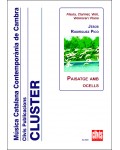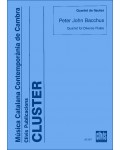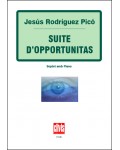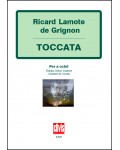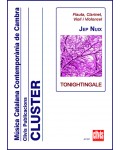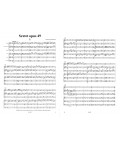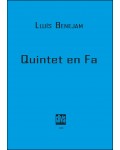
No products
Prices are tax included
Product successfully added to your shopping cart
There are 0 items in your cart. There is 1 item in your cart.
- English
- Castellano
- Català
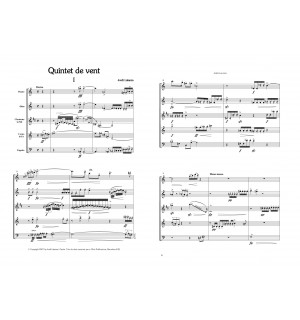 View larger
View larger
Quintet de vent
DE556
Jordi Lalanza’s Quintet de vent is a piece for classic quintet ensemble with an air of musical divertimento. A divertimento which transmits the music’s freshness not only to its audience but also to the players themselves, who must overcome technical and ensemble difficulties to perform the piece.
| Period | 20th c. |
| Instruments | fl.ob.cl.cor.fg. |
| Pages | 72 |
| Time | 12 min |
| Contents | score + parts |
| ISMN | 979-0-3502-0601-6 |
| Price of print edition | 23€ |
| Edition | Digital |
Jordi Lalanza’s Quintet de vent is a piece for classic quintet ensemble (flute, oboe, clarinet, bassoon and horn) with an air of musical divertimento. A divertimento which transmits the music’s freshness not only to its audience but also to the players themselves, who must overcome technical and ensemble difficulties to perform the piece. Far from being an obstacle, these difficulties provide yet another incentive to enjoy the performance.
The piece, which is written in three movements, combines rhythmical and energetic fragments with expressive passages, while presenting a vertical or contrapuntal structure in accordance with the composer’s intentions. The first movement starts with the horn resolutely introducing the main theme. This theme, which is very quickly echoed by the flute, is subject to different variations throughout the piece, which is thus given unity. The central part of the first movement is an expressive adagio where the various instruments take part in nuances ranging from piano to pianissimo, in brutal contrast with the end of the movement, again energetic and heart-rending, proposed by the clarinet. This reprise of the theme includes various expressive effects, such as glissandos and the counterpoint games leading to the vigorous finale also with the horn as its protagonist.
The more intimate and relaxed second movement starts and ends with the flute. The movement, which includes several rubato passages, stands out for the expressiveness required from the various instruments, which often pass musical phrases between each other with complete smoothness and ease.
Finally, the third movement resumes the energy of the first, with staccato interventions from the various instruments and the main theme’s constant presence. This movement requires significant ensemble work, not only because of the timbre combinations proposed by the author in the instruments’ various registers, but also because of the parts in which each instrument plays different rhythmic values to meet again in a spectacular finale.
David Puertas




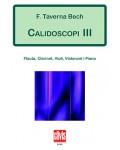
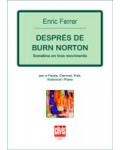
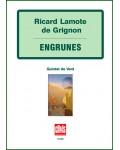
![Érebo [score]](https://www.clivis.cat/854-home_default/erebo.jpg)
![Érebo [parts]](https://www.clivis.cat/858-home_default/erebo.jpg)
